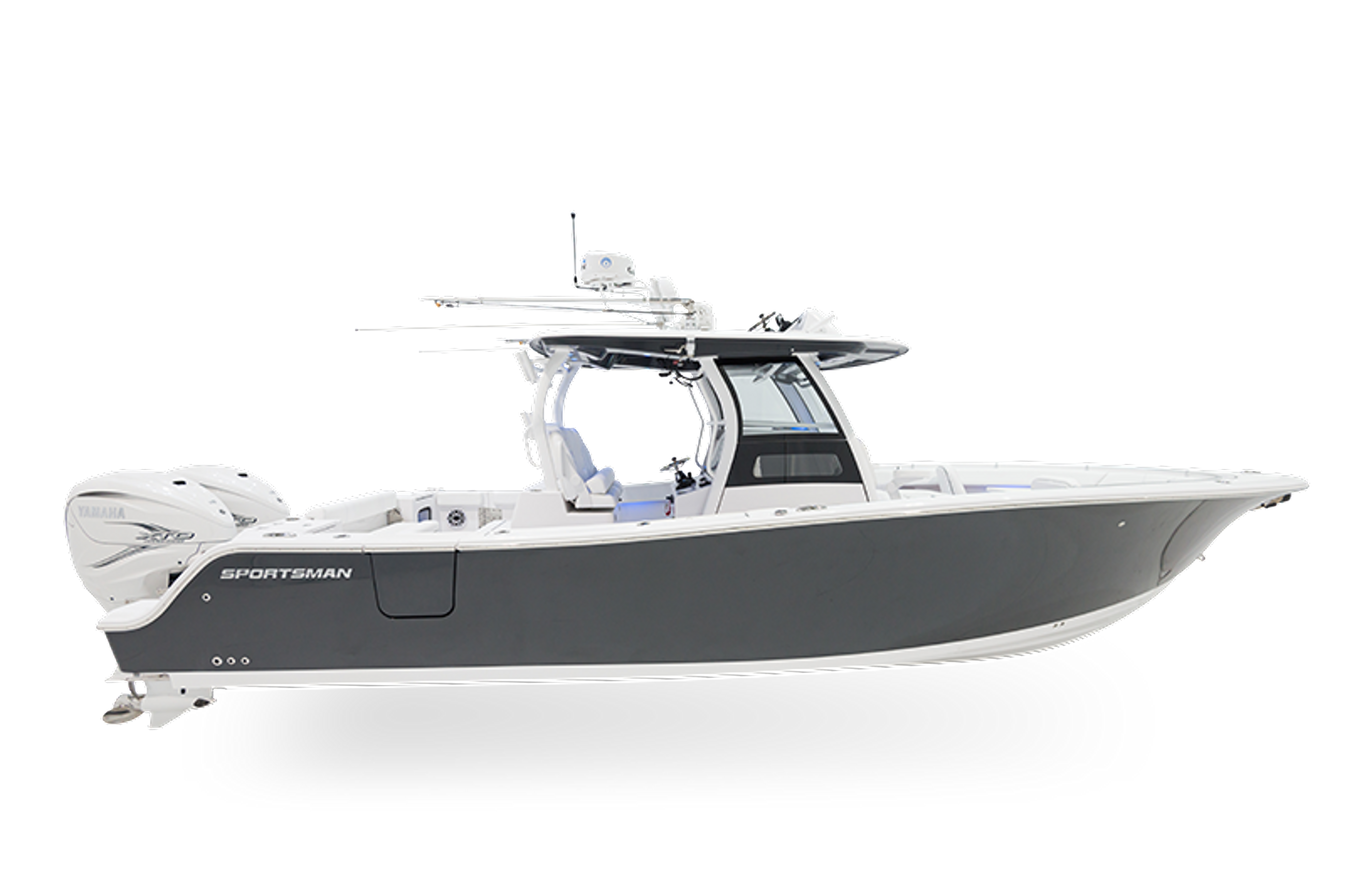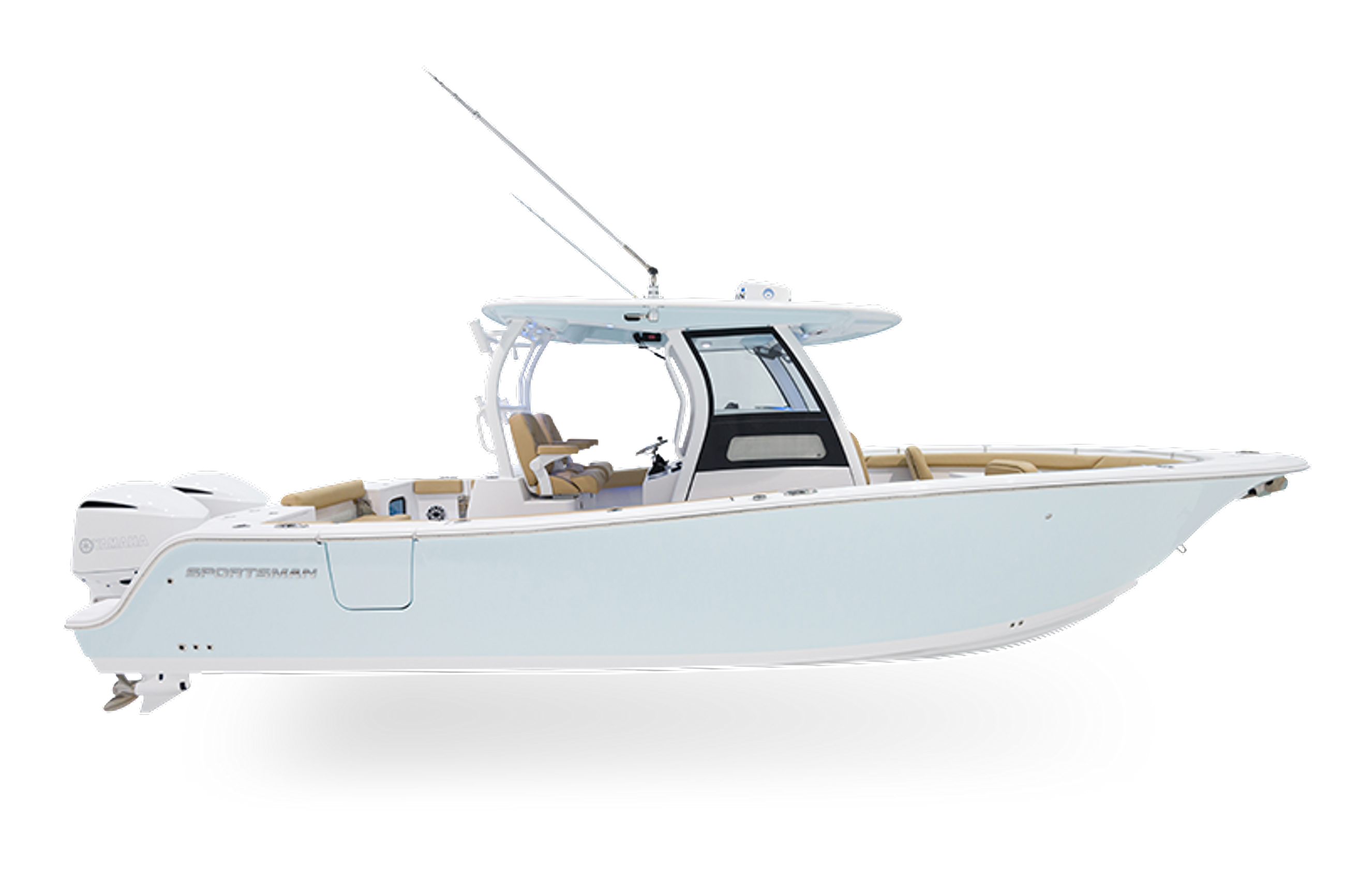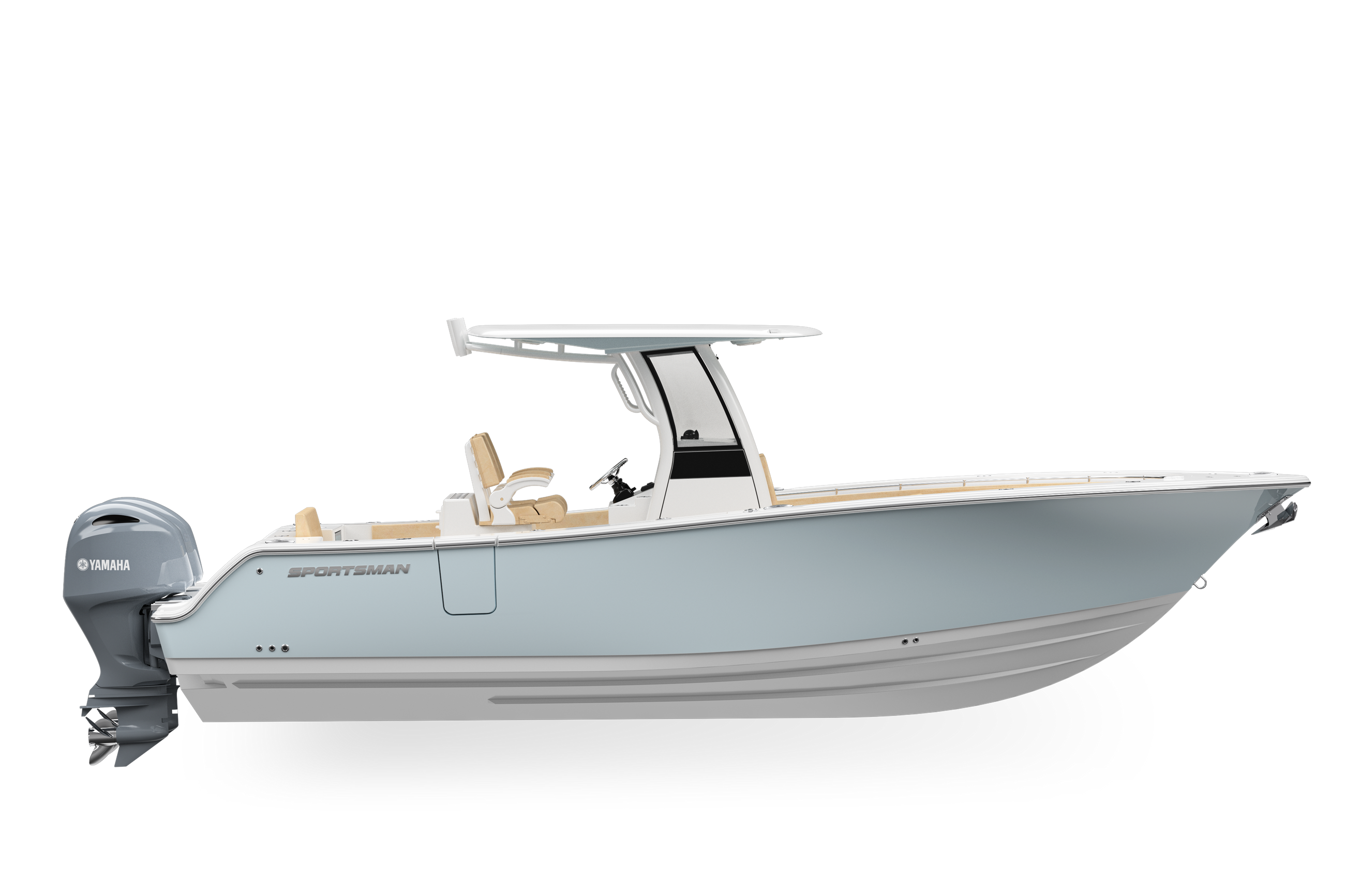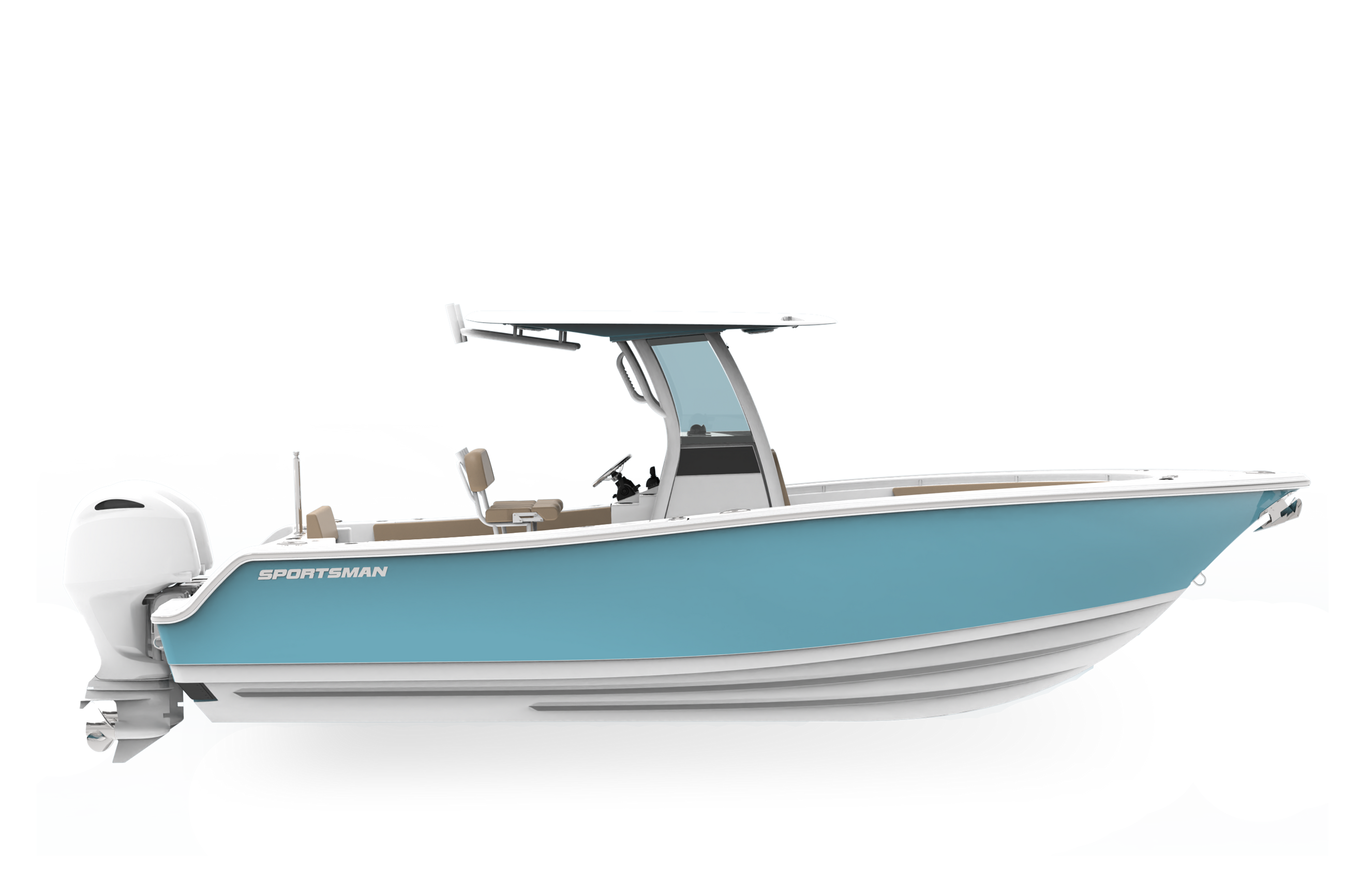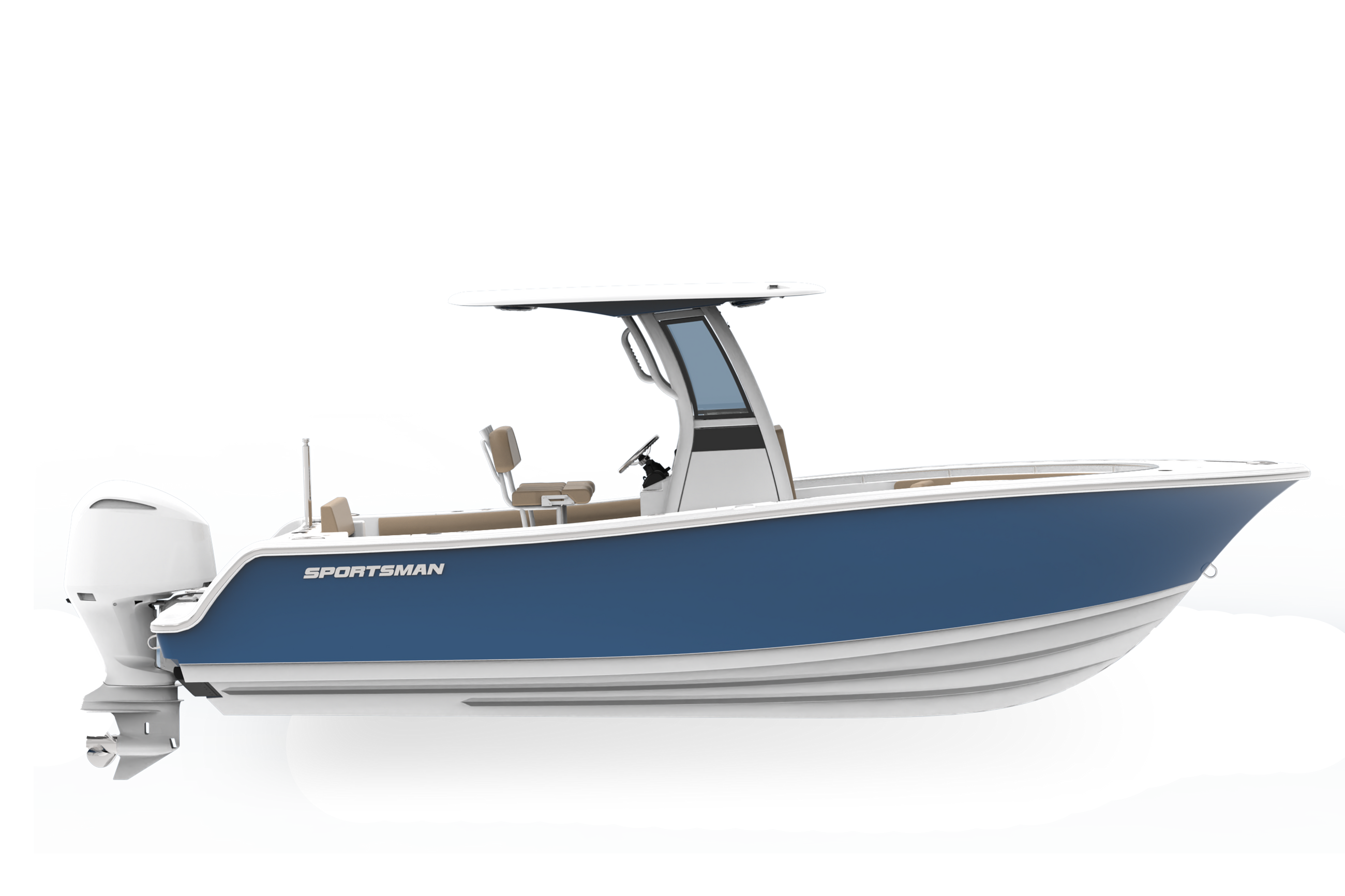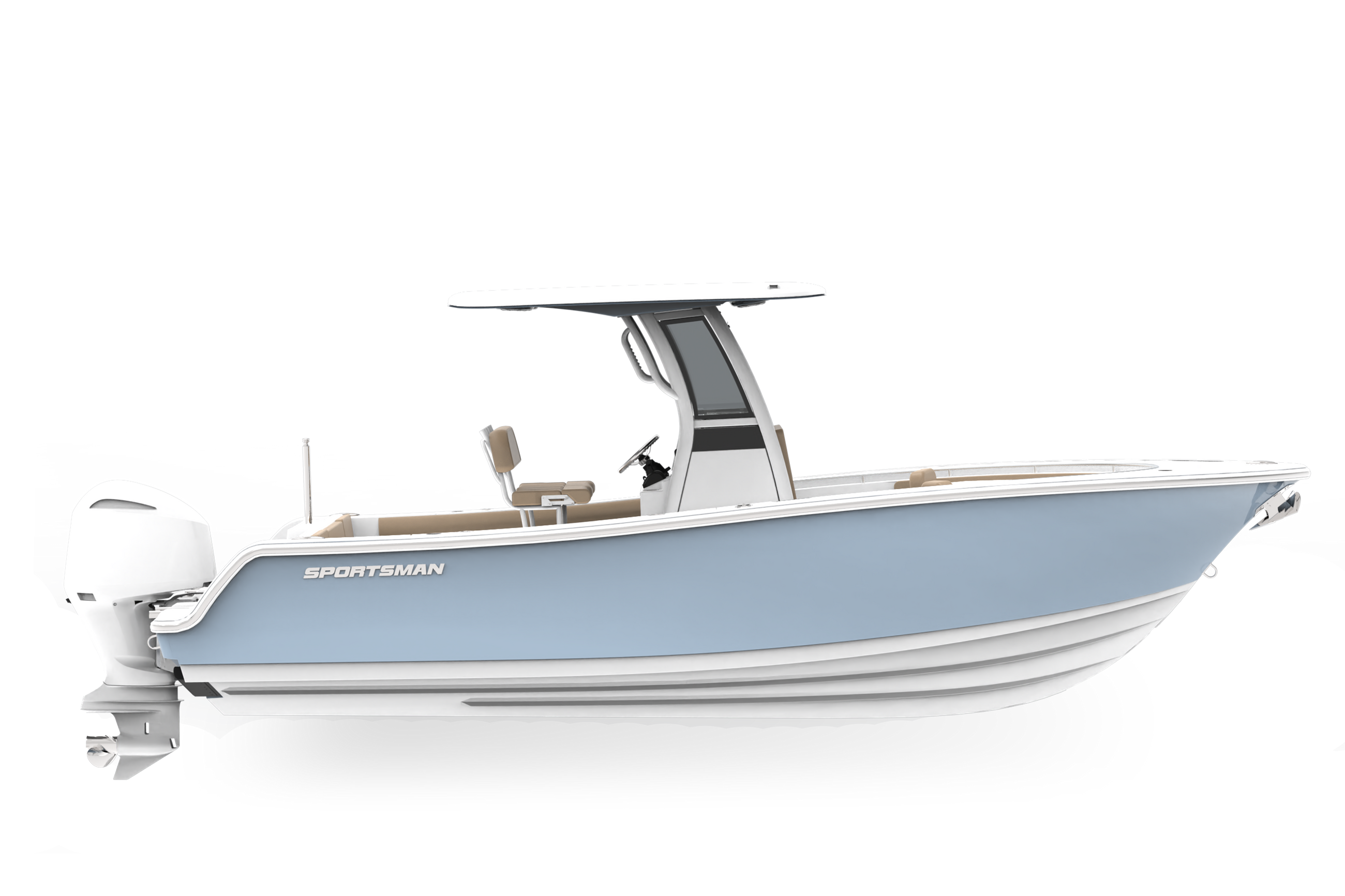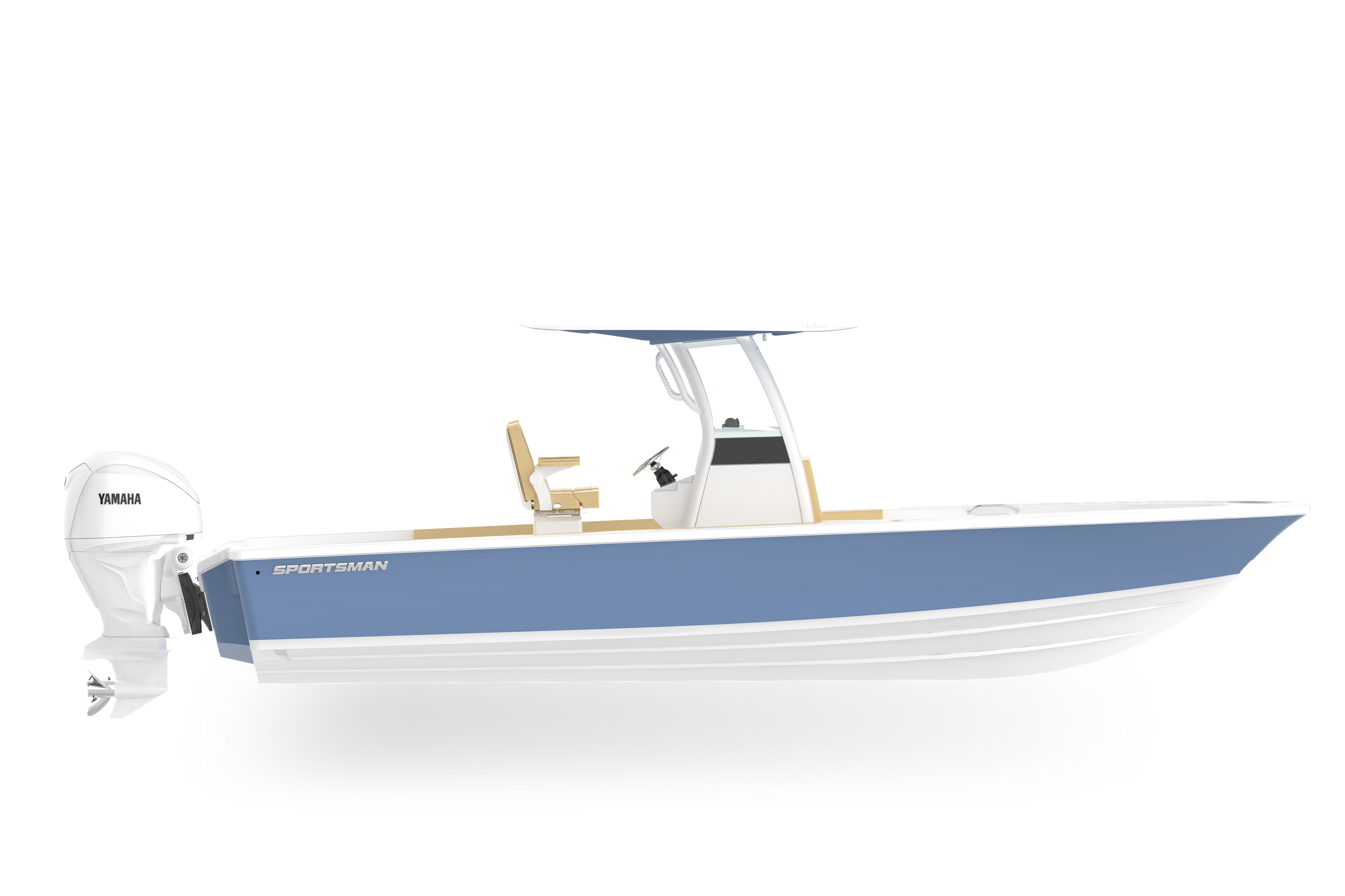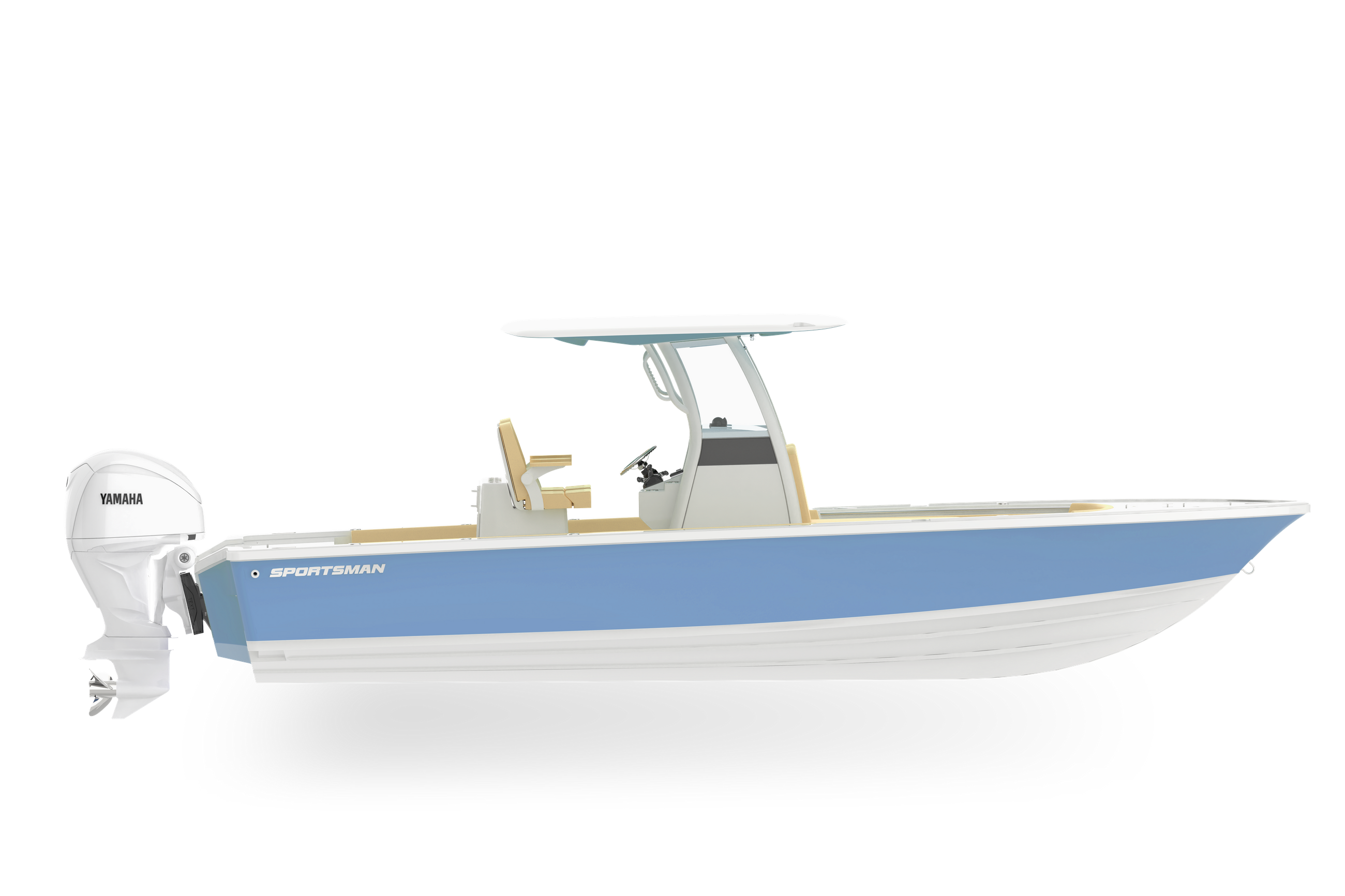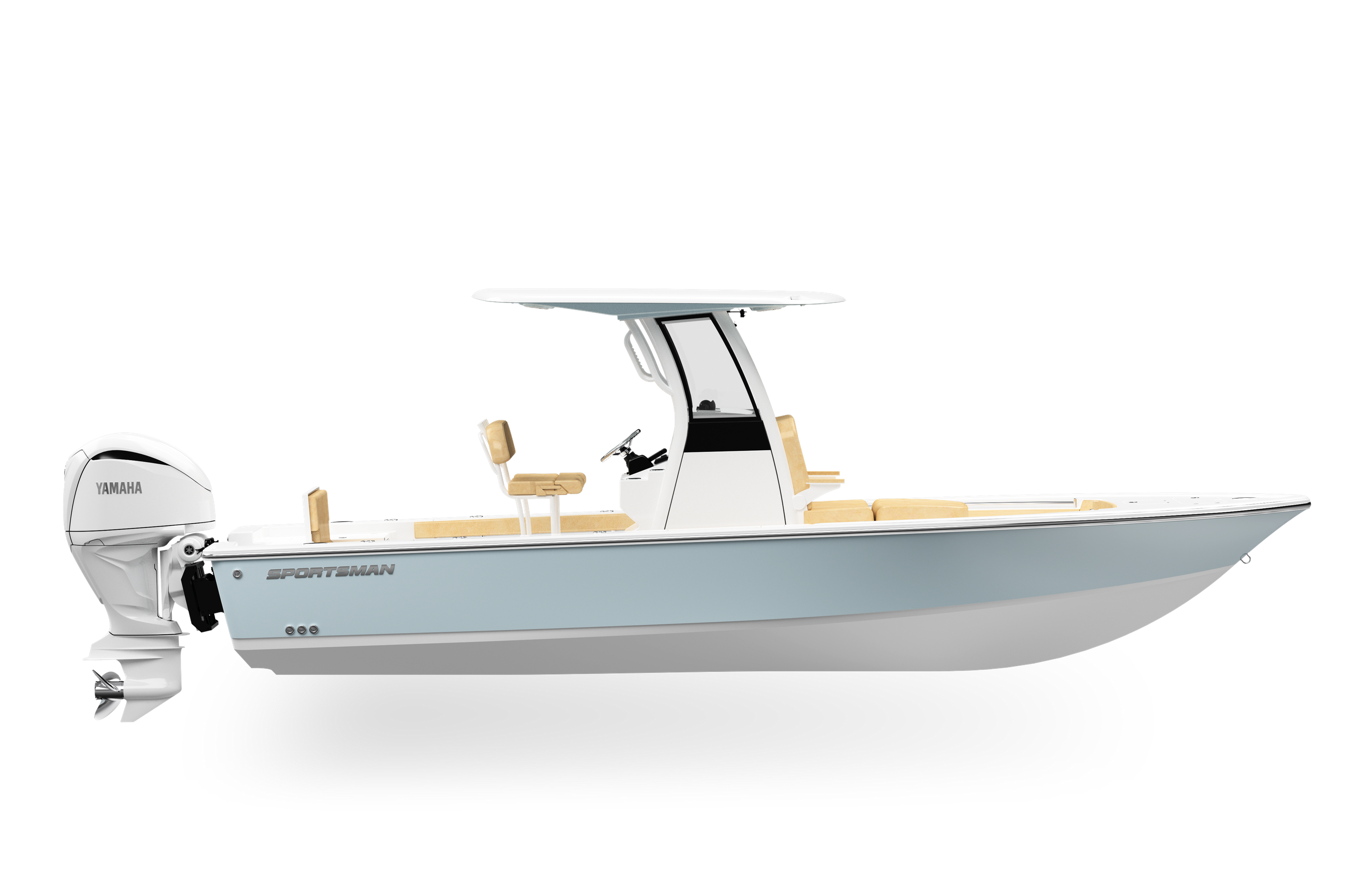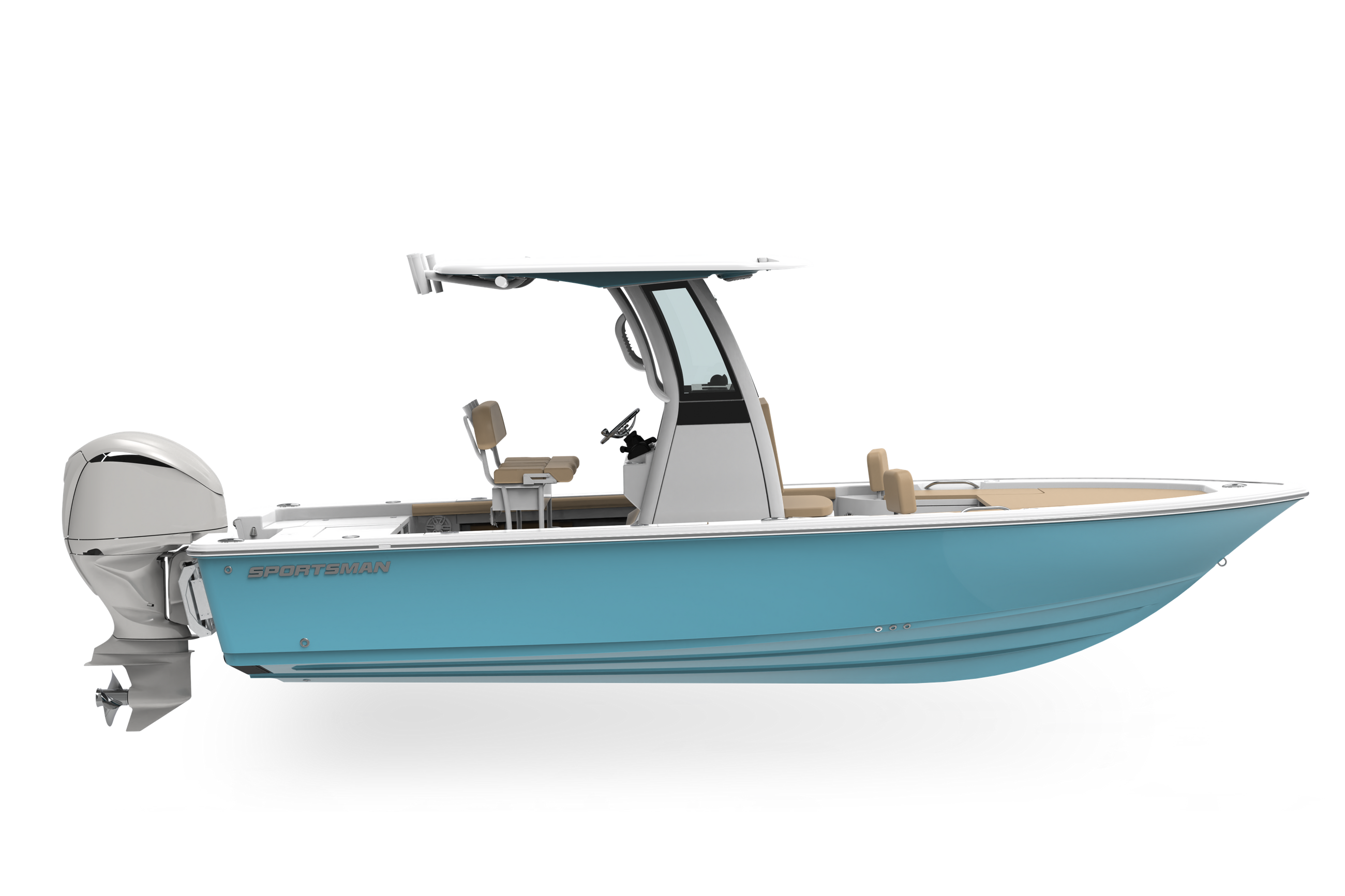Behind the Glass - S1E04 - Small Parts
Welcome to Sportsman Boats, "Behind The Glass," a new series based around the construction process inside the Sportsman Plant. In this episode we are taking a look at the Deck Construction Process. We will dive into each step along the way, explaining the materials we use and why we use them.
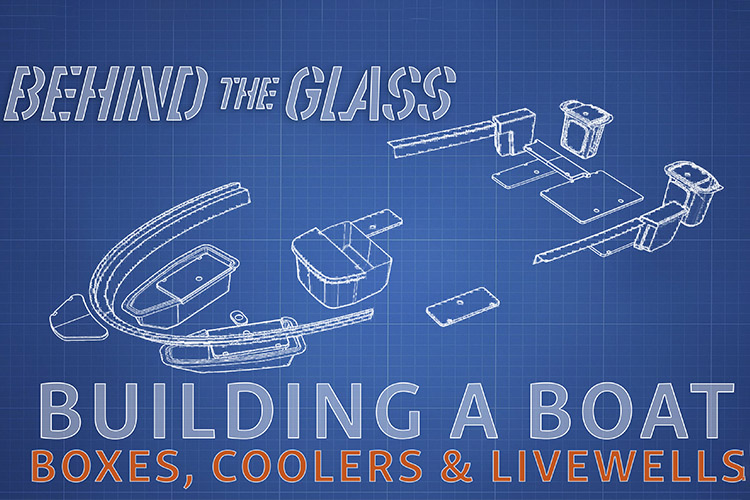
Behind the Glass Episode 4 – Small Parts
With all of the structural pieces made, we turn our attention to a new section of our plant. Welcome to our small parts department, one of our major sub-assemblies. So let’s take a look behind the glass to find out what it takes to make coolers, storage boxes, livewells, and much more. In our previous episode, you saw boxes, coolers, and livewells being installed onto our decks. In this episode, we are going to dive into how we build each of those small parts along with parts like the gunwale caps and more.
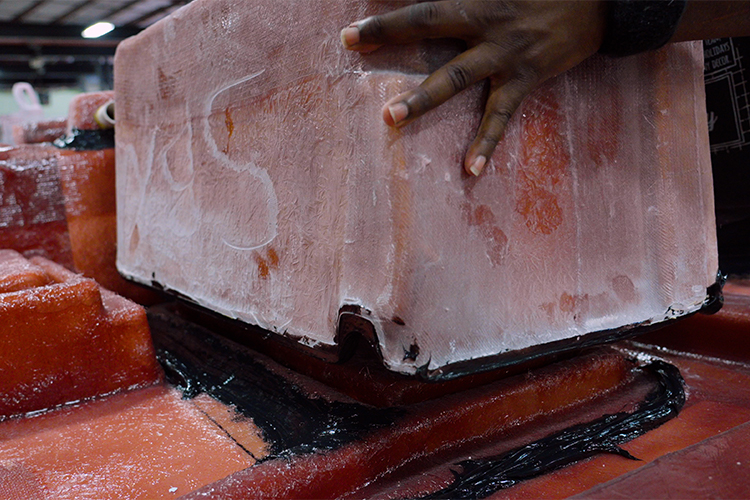
The process begins with the first layer of gelcoat, which in most cases is white. For livewells, we give them a light blue color to differentiate them. Many avid fishermen believe the blue color helps keep bait calm.
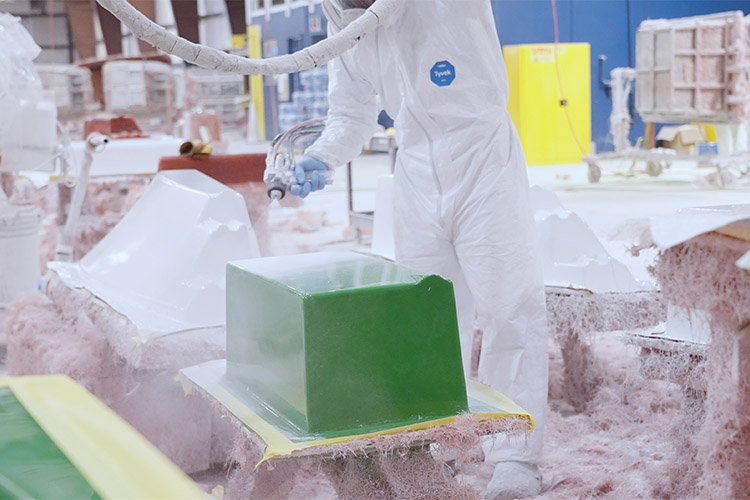
Once the gelcoat has cured, fiberglass and resin are simultaneously sprayed to form the first layer of fiberglass, also known as the skin coat layer. Before the resin dries, it’s important to make sure there are no air bubbles trapped in the resin. This is done using special rollers and ensures that the fiberglass has adhered to all areas and can help remove excess resin. Depending on the intended use, each small part will receive the adequate composite materials needed for strength and insulation. Each piece of composite material is precut in our state-of-the-art, in-house CNC machines.
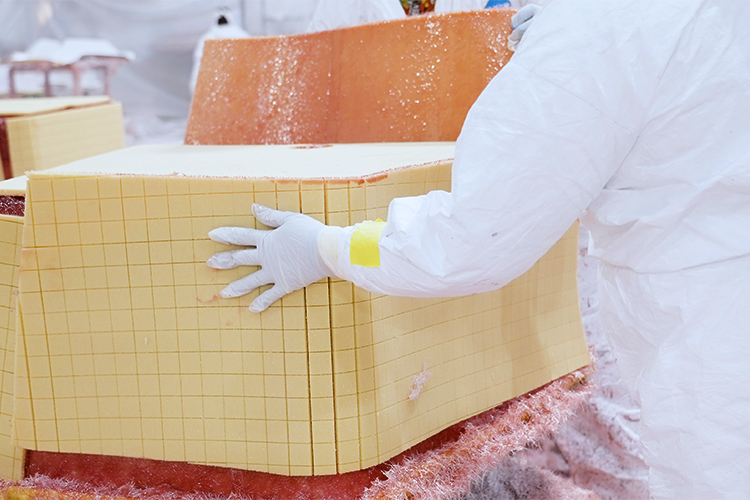
This maximizes our production time and ensures precise specifications. When placing composite materials, team members will collect the exact cuts of material for the parts they’re building. These precut pieces perfectly align to their specific small part. Composite materials are first pre-soaked in resin, and a wet bed of fiberglass is sprayed prior to applying each piece. Once the pieces are laid out, additional fiberglass is applied to the top to encapsulate the composite materials. Lastly, each part will be covered with a combination of dry precision-cut fiberglass pieces and chopped fiberglass to form the final layer.
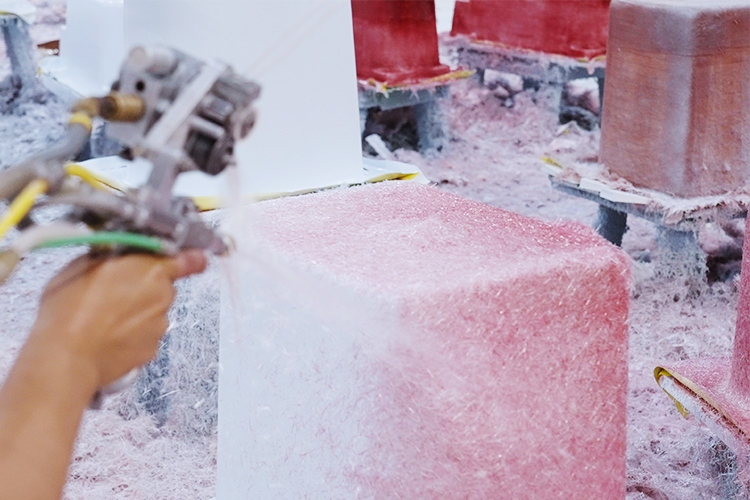
Once the fiberglass and resin have dried and cured, each piece is demolded. The small parts then make their way into the cut and grind booth for final cutting and trimming. This leaves the parts smooth and ready for their next step. Once parts have left cut and grind, they will be installed on their proper decks, as you briefly saw in our previous episode. Each part is bonded to the deck using methyl methacrylate, an aerospace bonding agent which unitizes both parts. With all of the boxes installed, the deck is now ready for final trimming.
Before we wrap things up, it’s worth mentioning these are only some of the small parts that are manufactured in our small parts department.
There are many other items such as drainage boxes, gunwale caps, and even the access pucks that you saw in our last episode. These small parts help make up the intricate details that we design into our boats—maximizing every inch of space by bringing you larger storage boxes, livewells, coolers, and more.
Thank you for spending some time with us today taking a look at our small parts construction process. This process is part of our SportTech® Advanced Fabrication Process. This proprietary combination of processes and materials yields the best result each step of the way and has been thoroughly tested for durability, longevity, and finish. All Sportsman Boats features a 100% composite construction with zero wood.
Join us in our next episode for another installment of Behind The Glass, where we see all the structural pieces we’ve built so far come together to form a boat.
Thank you for taking a look at our hull construction process. This process is part of our SportTech® Advanced Fabrication Process. This proprietary combination of processes and materials yields the best result each step of the way and has been thoroughly tested for durability, longevity, and finish. All Sportsman Boats features a 100% composite construction with zero wood.
Join us in our next episode for another installment of Behind The Glass, where we see all the structural pieces we’ve built so far come together to form a boat.

